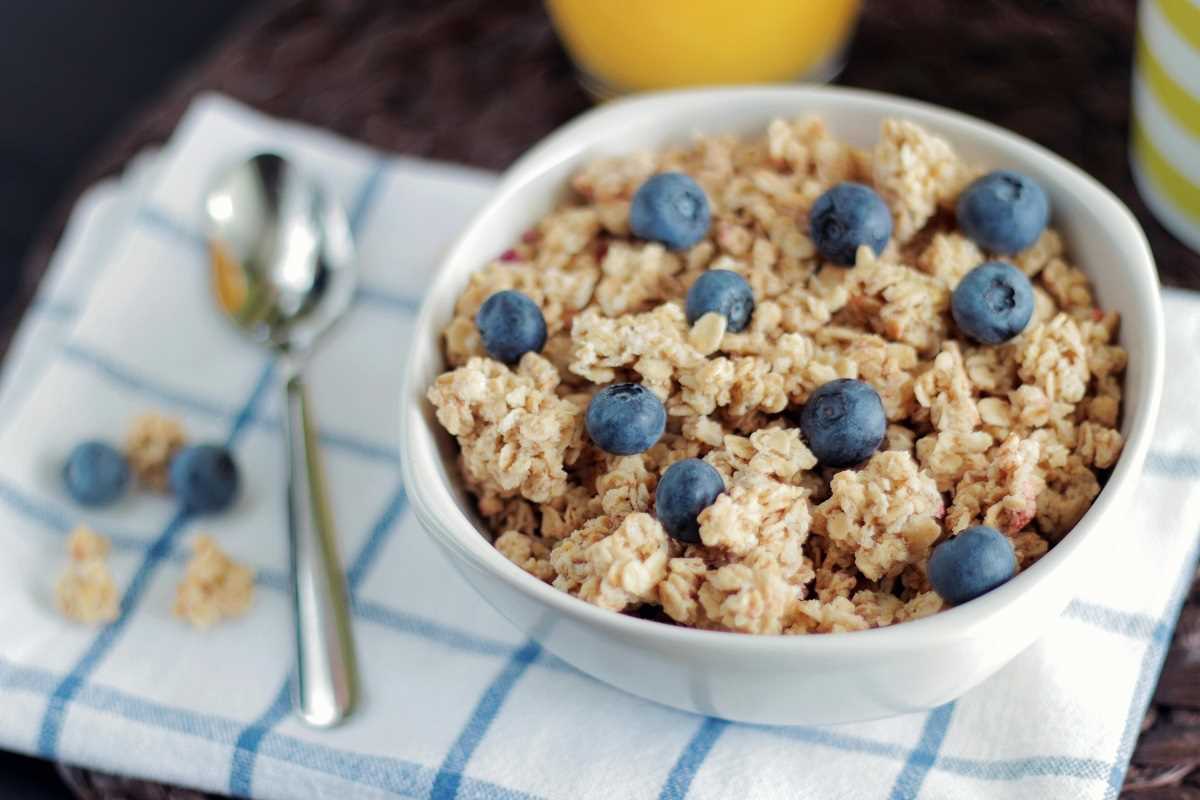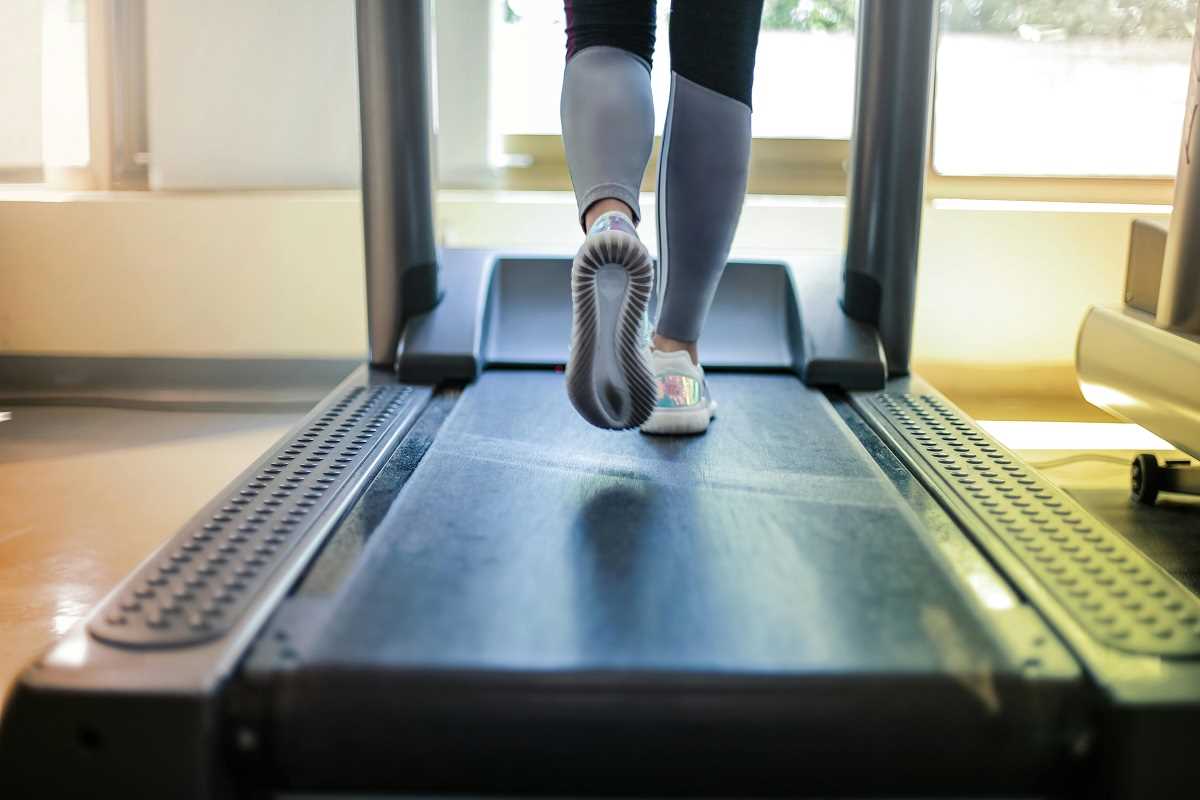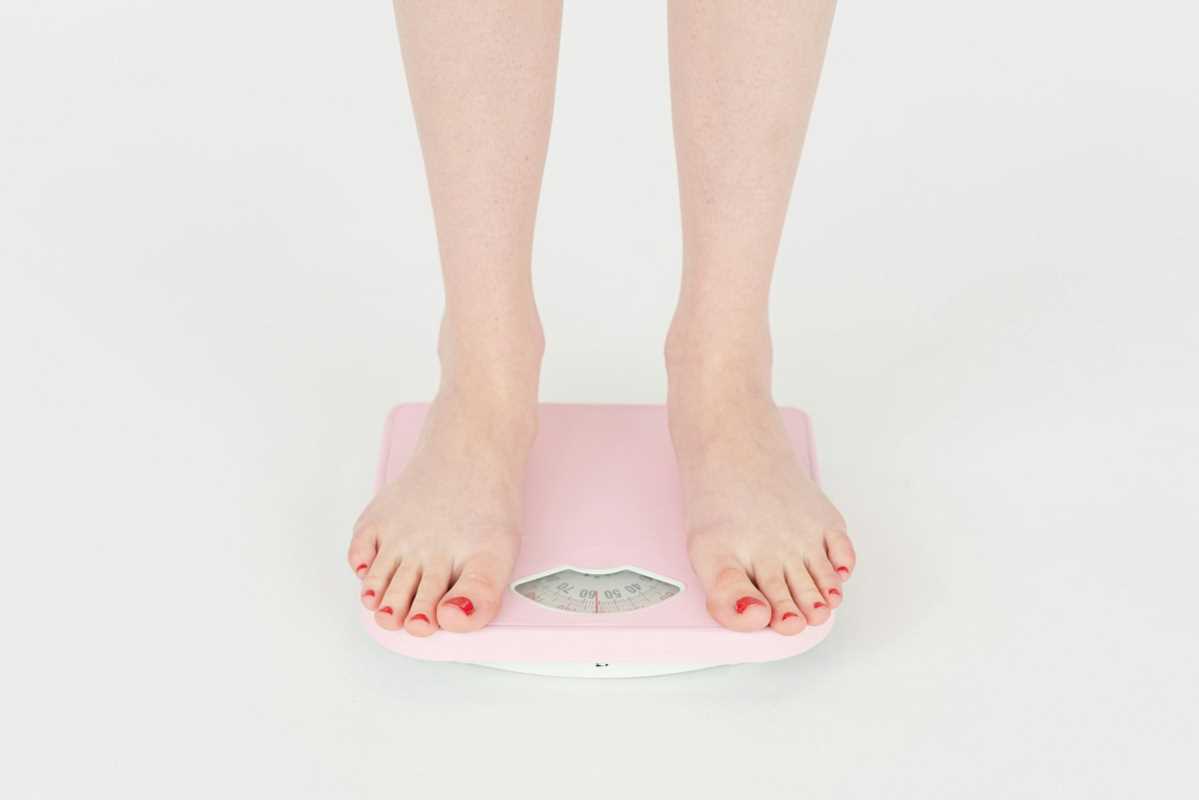When pursuing fitness goals like fat loss or building muscle, it’s easy to believe that more exercise equals faster results. You might be tempted to push your body relentlessly, cramming in as many workouts as possible. While determination is commendable, rest days play a vital role in optimizing results. They allow your body to recover, your muscles to grow, and your fat loss efforts to maintain momentum. If you’re skipping rest days, you could be missing out on one of the critical components for achieving sustainable fitness progress.
This article breaks down why rest days are essential for both fat loss and muscle recovery, explores the science behind these benefits, and provides practical tips on planning your rest days effectively.
Why Rest Days Are Important
Rest days aren’t just “days off”—they’re an integral part of any well-rounded fitness routine. Here’s why they matter:
1. Recovery Time for Muscles
When you work out, particularly with strength training or high-intensity interval training (HIIT), your muscles experience microscopic tears. These tears are a natural and necessary part of the muscle-building process. However, growth and repair happen during rest, not while you’re training. Leveraging rest days allows for proper muscle recovery, repairs those tears, and expands muscle fibers, ultimately leading to strength gains.
Skipping rest days, on the other hand, can hinder this process. Without recovery time, your muscles stay in a constant state of stress, which can lead to reduced strength and diminished workout effectiveness. Incorporating rest days is akin to sharpening your axe before chopping wood. Without that sharpening period, your efforts yield diminishing returns.
2. Prevent Overtraining Syndrome
Overtraining goes beyond occasional soreness and fatigue. When your body is overworked without adequate time to heal, you risk overtraining syndrome (OTS). This condition manifests with symptoms like sluggishness, inability to concentrate, irritability, poor sleep quality, and reduced exercise performance. Prolonged overtraining can even suppress your immune system, leaving you more susceptible to illness.
Preventing OTS is not just about scheduling rest days but also knowing when to switch up your program to avoid continuously overloading the same muscle groups. Rest days provide the opportunity to take a step back and ensure balance in your approach to exercise.
3. Fatigue Management
Physical and mental exhaustion are natural consequences of pushing the body too hard. Your muscles need time to refill depleted glycogen stores, which fuel your workouts. From a psychological perspective, burnout can sap your motivation, making it harder to stay consistent.
Interestingly, fatigue isn’t just tied to physical activities. The stress of sticking to a rigid, hyper-intensive fitness regime can be demoralizing over time. Strategically planned rest days can recharge both your body and mind, keeping your enthusiasm for fitness alive.
4. Supports Fat Loss
One of the biggest misconceptions in the fitness world is that resting will halt your progress, especially if your main goal is fat loss. This couldn’t be further from the truth. Your body burns calories even during rest to support energy-intensive processes such as muscle repair and hormonal regulation.
Additionally, overtraining without adequate rest can increase cortisol production. Chronically elevated cortisol levels can promote fat storage, particularly in the abdominal area, and diminish your overall results. Taking a day off helps your body recalibrate and keep cortisol levels in check.
Rest Days and Muscle Recovery
Rest days are vital to supporting your body’s muscle-building efforts. Here's a closer look at the science and practical strategies associated with muscle recovery:
Muscle Protein Synthesis
Your body engages in muscle protein synthesis (MPS) post-workout, which is the process of repairing and building new muscle tissue. Rest days are when MPS outweighs muscle protein breakdown, enabling muscle growth and strength gains. To maximize this process, ensure you’re supporting your body with the right nutrition, specifically your protein intake. A good guideline is to consume 20-30 grams of high-quality protein, such as chicken, tofu, or Greek yogurt, multiple times throughout the day.
Beyond nutrition, avoid activities that overly stress the same muscle groups during rest days. For instance, if your training routine focuses on heavy upper body lifting, resist the urge to pack in activities like pull-ups or tennis on your recovery day.
Reduced Risk of Injuries
Consistent wear and tear on muscles, joints, and ligaments can snowball into significant injuries. Whether it’s an overuse injury like tendinitis or acute strains, most of these occur when the body doesn’t have time to recover. Rest days serve as a preventative measure, allowing stressed tissues to repair and build resilience.
A smart approach is to implement periodization in your workout programming. This means alternating between high-intensity weeks and lower-intensity recovery weeks to distribute stress more effectively.
Improved Mind-Muscle Connection
Rest days provide an opportunity for mental recovery. Your brain plays a key role in exercise performance, from coordinating movements to maintaining proper form during workouts. Allowing your mind to rest sharpens your focus for future sessions. This not only enhances the quality of your workouts but also reduces the risk of injuries caused by poor technique or overexertion.
Engage in mindfulness activities like meditation or light stretching on rest days to improve relaxation and attention. Yoga can also be an excellent tool to reconnect with your body while gently increasing flexibility.
Rest Days and Fat Loss
While there’s no denying that calorie-burning activities are essential for fat loss, resting is just as critical to achieving your goals. Here’s why:
Boost Your Metabolism
Strength training and intense cardio create an “afterburn effect,” or excess post-exercise oxygen consumption (EPOC). This means your body continues burning calories well after your workout ends, often for hours or even days, depending on workout intensity. Taking rest days doesn’t interrupt this process—in fact, it bolsters it by allowing your body the time it needs to maintain metabolic adaptations.
Think of your body like a car engine that runs more efficiently when it’s well-tuned. Rest days are the tune-ups that keep your engine firing on all cylinders.
Hormonal Balance
By resting, your body can better manage hormones associated with metabolism and fat storage. For instance, insufficient recovery can lead to heightened cortisol levels, which encourage the storage of visceral fat. Taking breaks from intense exercise helps regulate this stress hormone while promoting beneficial hormones like leptin, which aids in appetite regulation and fat-burning.
Preserves Lean Muscle Mass
During calorie deficits, your body can struggle to distinguish between fat stores and lean muscle tissue as energy sources. Rest days help mitigate this, especially when paired with adequate protein consumption. By maintaining muscle mass, you’re not only protecting strength but also keeping your Base Metabolic Rate (BMR) higher. More muscle equals more calories burned each day, even when resting.
If weight loss is your goal, don’t skip protein on rest days, as doing so could undermine your muscle retention efforts. Incorporate options like lentils, chia seeds, or eggs for a convenient protein boost.
How to Plan Rest Days Effectively
Making the most of rest days requires careful planning and intentionality. Here’s how to structure these pivotal days:
1. Listen to Your Body
Rigid plans don’t suit everyone. Some may thrive with scheduled rest days, while others need flexibility. Pay attention to your body’s signals, such as persistent soreness, lack of energy, or lower-than-usual motivation levels. These cues suggest it’s time to rest, even if your preferred routine says otherwise.
2. Active Rest vs. Full Rest Days
Active rest days involve low-intensity activities that keep you moving without placing significant stress on your muscles. These might include walking in nature, doing a light yoga session, or swimming at a leisurely pace. Such activities can enhance circulation, ease stiffness, and promote mental relaxation while still letting your body recover.
Full rest days, on the other hand, involve complete physical downtime. These are particularly valuable after heavy workouts, such as deadlifts, squats, or sprints. Full rest allows maximum recovery and rebuilds energy reserves.
3. Balance Nutrition
How you eat on rest days impacts your recovery. Don’t fall into the trap of drastically reducing calories; instead, focus on nutrient-rich foods. Include complex carbohydrates like quinoa and sweet potatoes for glycogen replenishment, along with healthy fats like avocado to support joint health.
4. Prioritize Sleep and Recovery Practices
Sleep is the single most critical recovery tool. It’s during deep sleep that your body produces growth hormone essential for muscle repair. If you’ve been skimping on rest, set a bedtime routine involving screen-free time, calming activities, or herbal teas to improve sleep quality.
Recovery tools like foam rolling or stretching on rest days can also reduce muscle tightness. These low-effort practices aid muscle repair and help you feel refreshed for your next workout.
5. Avoid the Guilt Trap
Rest doesn’t equate to slacking off. View rest days as investments in your long-term fitness. Keep in mind that progress happens during recovery. Instead of feeling guilty, focus on the benefits of this downtime and how it will advance your fitness goals.
6. Track Progress and Adjust
Rest days offer the perfect opportunity to reflect. Are you recovering well? Is your workout volume sustainable? Reassess how your body responds and tweak your approach as needed. Keeping a health journal or using fitness apps can help track trends over time.
Signs You Need a Rest Day
Some people resist rest because they can’t determine its necessity. Look out for these clear signals that your body needs a breather:
- Chronic fatigue and lack of energy
- Decreased workout performance, such as hitting fewer reps or slower speeds
- Persistent muscle pain that lingers for more than two days
- Sleep disruptions or prolonged restlessness
- Mood swings or feelings of irritability
- Stalled progress or unexpected regression in your fitness metrics
Ignoring these signs can lead to prolonged setbacks, so listen to what your body is telling you.
 (Image via
(Image via





